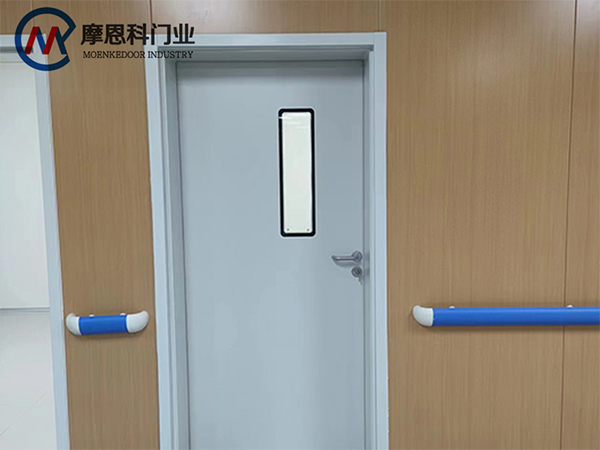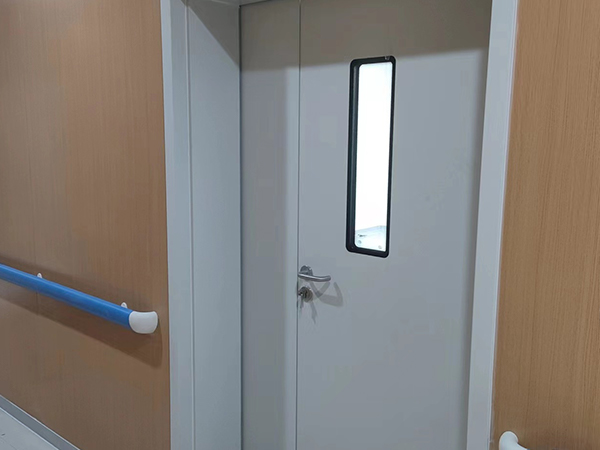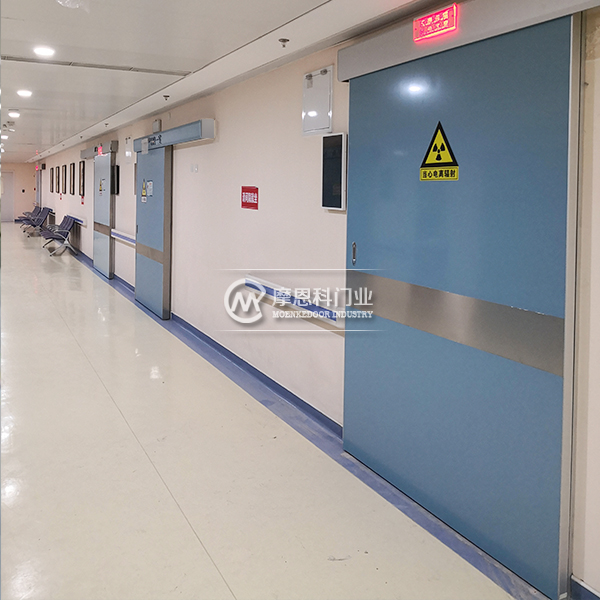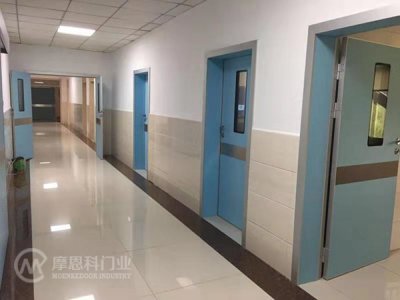What I want to share with you today is some common knowledge about medical doors. Many people have seen this product in their daily lives, but they are not familiar with it. However, as an important part of the hospital, it plays a role in ensuring the normal operation of the hospital. There are many types of medical doors, generally divided into sliding doors, flip doors, airtight doors, accessible doors, etc. In hospitals, common medical doors are fire doors and anti-theft doors. Fire doors mainly refer to doors that can ensure the safety of personnel inside hospitals in emergency situations such as fires. Anti theft doors can ensure the safety of valuable equipment and drugs in hospitals according to different levels of requirements, avoiding unnecessary losses. In addition, with the popularization of accessibility concepts, barrier free doors have gradually been widely adopted by hospitals to facilitate the entry and exit of patients and elderly people with physical disabilities. The main purpose of emergency access doors is to facilitate rapid evacuation of personnel in emergency situations.

Medical door is a portal device designed for medical institutions, pharmacies, and related industries, which can help doctors and medical staff better carry out healthcare services and maintain privacy and security in medical service venues. There are various types of medical doors, each providing different levels of security, privacy, and convenience.
1. Sliding door
Sliding door is a conventional medical door characterized by easy operation, space saving, aesthetics, and good sealing. In medical settings, sliding doors are commonly used for sound insulation and to separate rooms from different areas, effectively isolating crowds and making them particularly suitable for emergency rooms, ICUs, and operating rooms.
2. Flip the door
Flip doors are another common type of medical door. Unlike sliding doors, flip doors have one axis that supports opening and closing, making them more suitable for narrow passages, but they do not have soundproofing functions. Flip doors are suitable for places that require frequent passage and personnel vehicle sharing, such as outpatient service windows in hospitals, pharmacies, etc.
3. Airtight door
Airtight doors can quickly seal rooms, preventing dangerous gas leaks and the spread of pathogens. In the fields of isolation, infectious disease isolation wards, chemical laboratories, and drug storage, the use of airtight doors is common to provide safety for personnel and medical equipment.
4. Barrier free doors
An accessible door is a type of door that is easy to use and does not require a strong grip or pull. It is typically equipped with electric or human sensors to facilitate access for people with disabilities. In medical facilities, the role of accessible doors is particularly evident, such as being used in conjunction with operating rooms, ICUs, and emergency rooms to improve the convenience and safety of patients entering and exiting medical facilities.

Nowadays, medical doors are very important in the field of healthcare, and their selection and installation need to be based on actual needs. There are various types of medical doors, each designed for different application scenarios and needs to meet the security and privacy requirements of medical institutions. Choosing the right medical door is very important. It should be considered comprehensively based on actual needs and environment, taking into account factors such as safety and operability, in order to better serve the healthcare industry.













